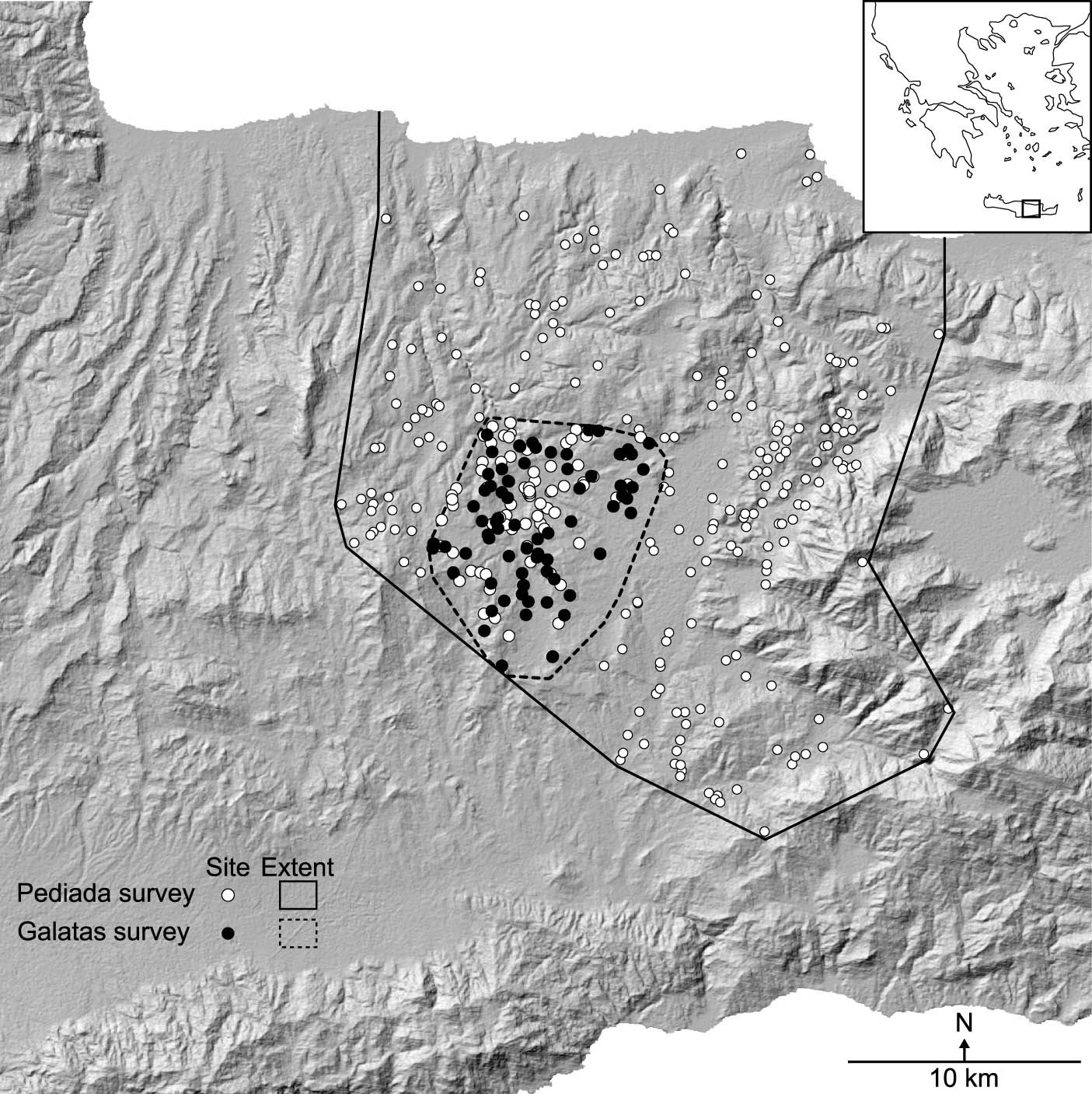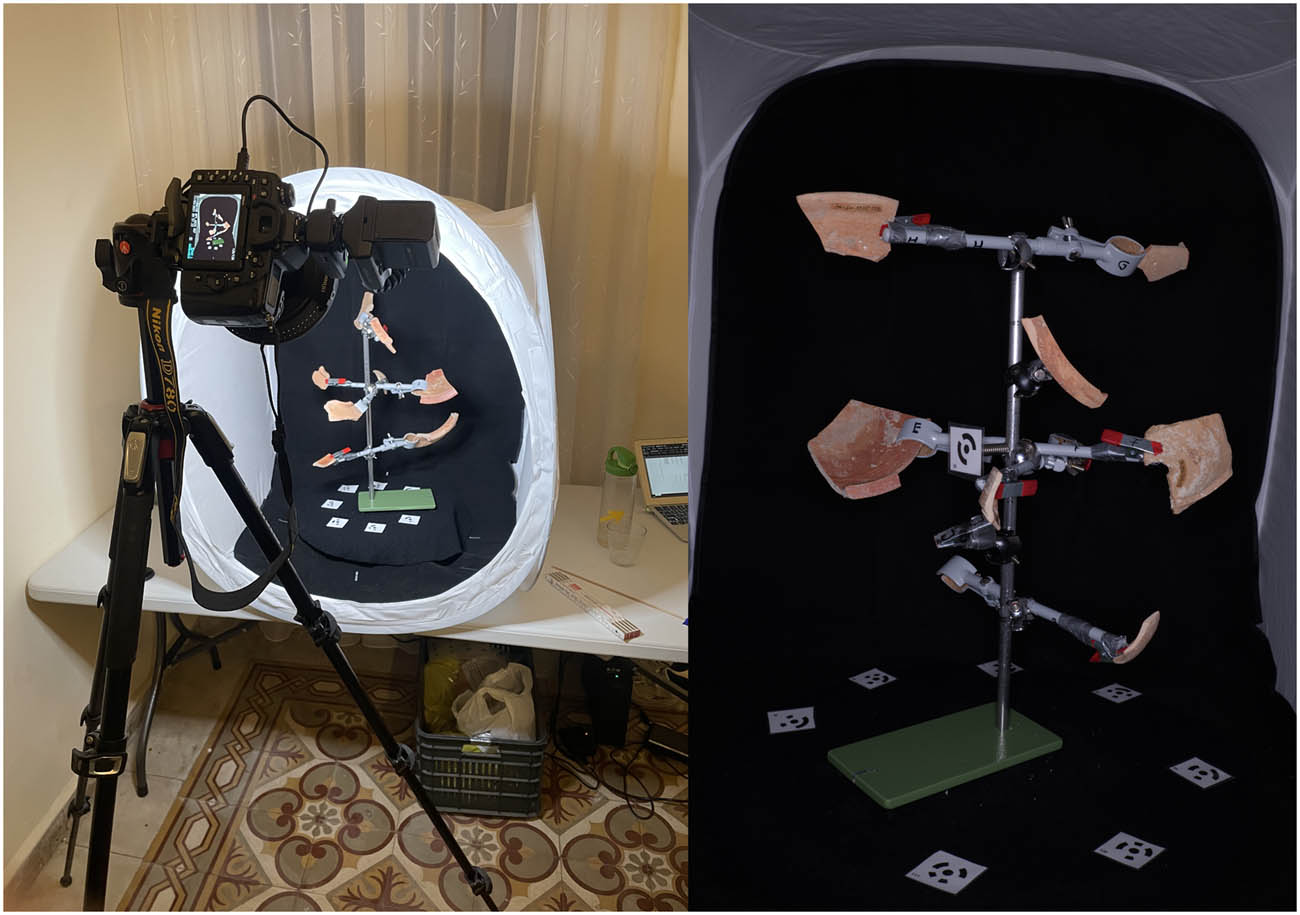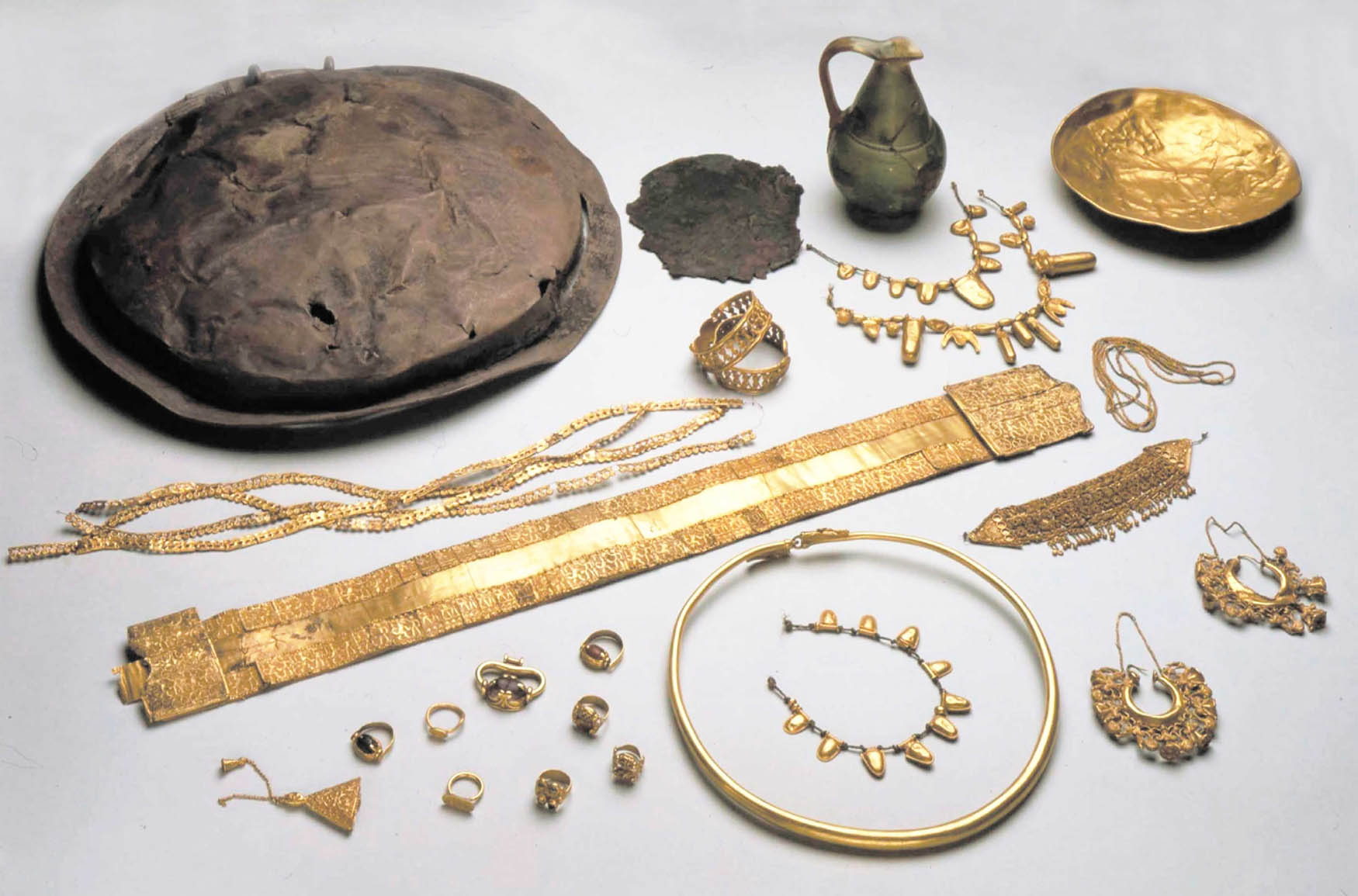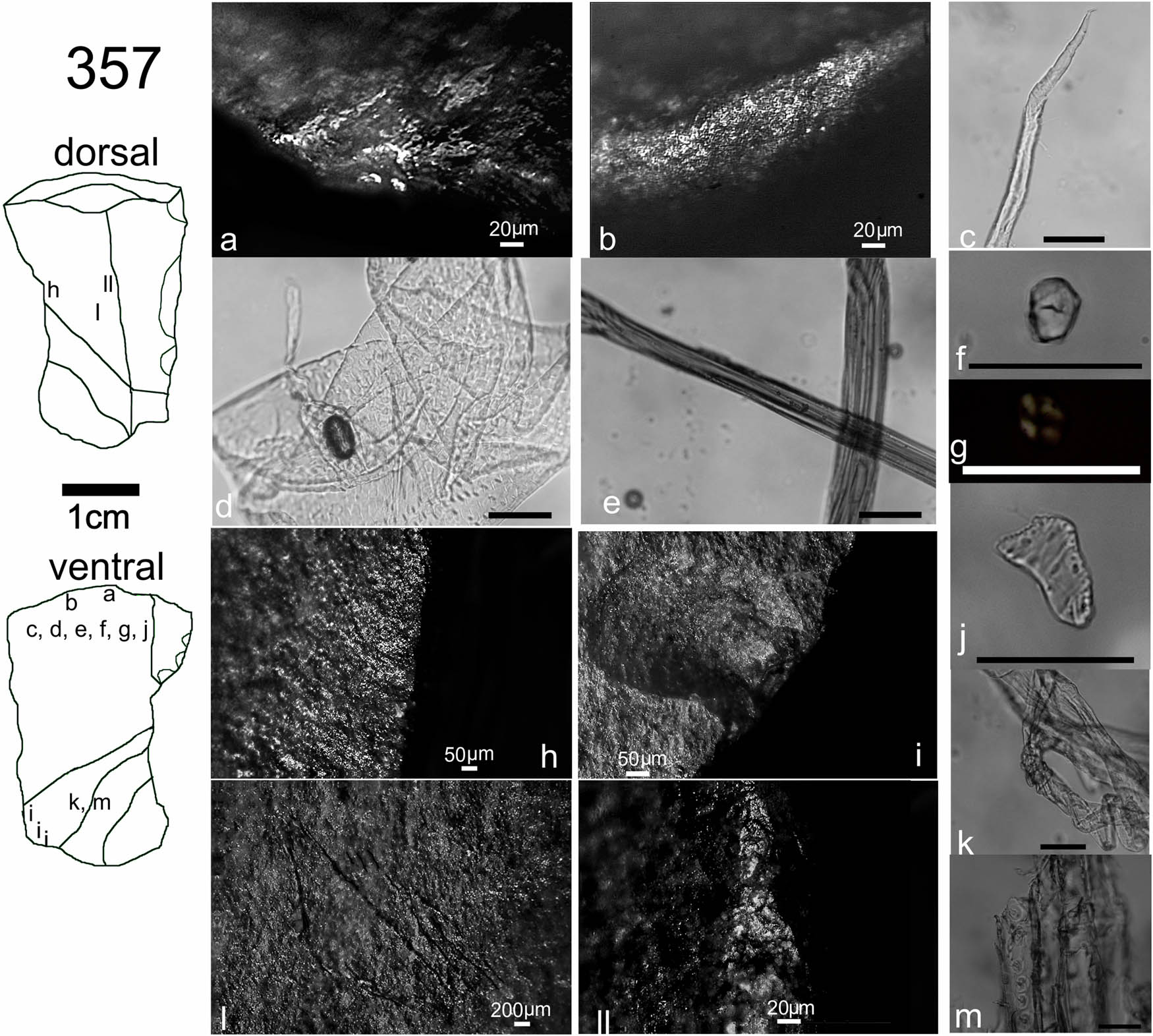Bronze Age sites in the coastal area of Sarrala, in Eastern Sardinia, have been subjected to survey and excavation over the last half-century. The study area, whose social and economic evolution and changing scales of interactions are traced through settlement patterns and building analysis, is interpreted in light of more general trends suggested by stable isotopes, archaeogenetics, and paleoclimatology. The local picture of progressive demographic growth and infilling of the landscape, with a subsequent concentration of population and labor, follows a sequence widely detected in Sardinia. More specific identifiable aspects include a comparatively higher fragmentation/competition (ratio of complex vs simple nuraghes; ratio of tombs vs nuraghes) and a consistent pattern in the distribution of non-local building materials in the latest phase at the sites showing archaic features, taken as a clue of a long-lasting authority at select sites. These elements are compatible with organized pastoral exploitation of the available territory, structured according to patrilocality and closeness to ancestral lineages and residences. The interplay of internal dynamics relative to constraints and opportunities is discussed, such as climate change and long-distance trade connections, with possible implications for interpreting Nuragic society.
Contents
- Regular Articles
-
Open AccessReconciling Contradictory Archaeological Survey Data: A Case Study from Central Crete, GreeceSeptember 6, 2024
-
September 19, 2024
-
September 30, 2024
-
October 30, 2024
-
Open AccessMilitary and Ethnic Identity Through Pottery: A Study of Batavian Units in Dacia and PannoniaNovember 8, 2024
- Rapid Communications
-
March 23, 2024
- Corrigendum
- Special Issue on Microhistory and Archaeology, edited by Juan Antonio Quirós Castillo
-
Open AccessEditorial: Microhistory and ArchaeologyJune 27, 2024
-
Open AccessContribution of the Microhistorical Approach to Landscape and Settlement Archaeology: Some French ExamplesFebruary 1, 2024
-
Open AccessFemale Microhistorical ArchaeologyFebruary 2, 2024
-
February 9, 2024
-
February 9, 2024
-
Open AccessUrbanity, Decline, and Regeneration in Later Medieval England: Towards a Posthuman Household MicrohistoryFebruary 9, 2024
-
June 19, 2024
- Special Issue on Can You See Me? Putting the 'Human' Back Into 'Human-Plant' Interaction
- Special Issue on Digital Religioscapes: Current Methodologies and Novelties in the Analysis of Sacr(aliz)ed Spaces, edited by Anaïs Lamesa, Asuman Lätzer-Lasar - Part I
-
December 2, 2024
-
December 31, 2024





























